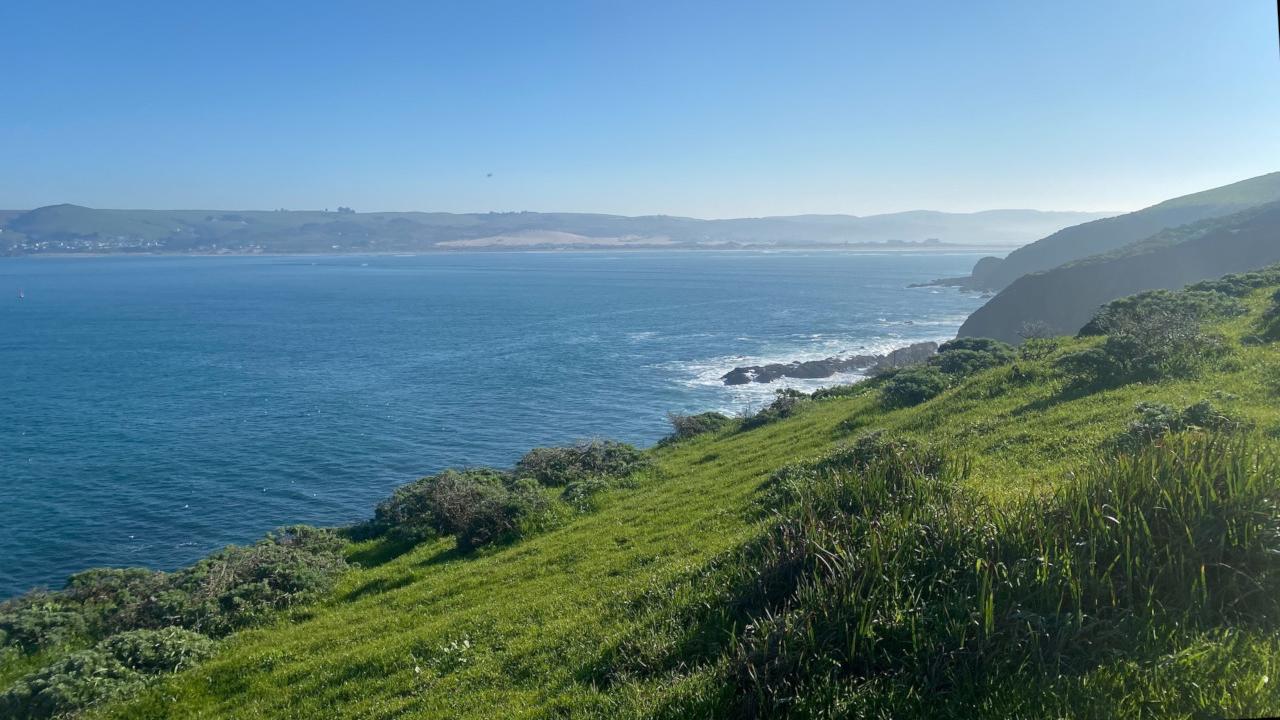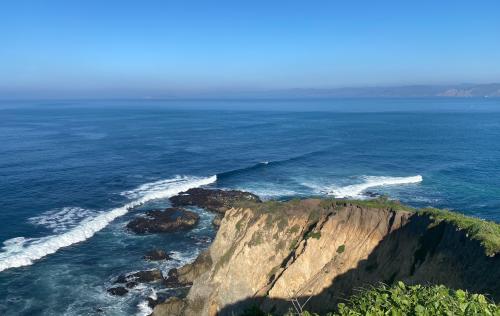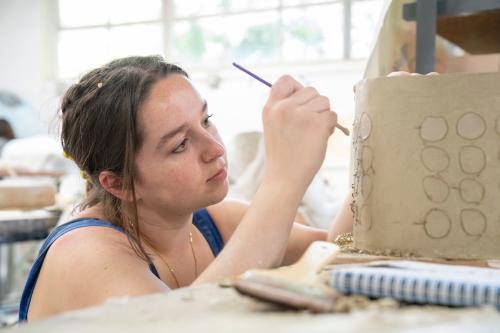
Toward better work-life balance with the 2-2-2’s
Time management proves to be one of the most difficult tasks for a prospective graduate student to master. Not only in juggling classes and research, but also finding time to unwind and develop work-life balance. Research on the matter showed that a decrease in work-life balance is linked to decreased physical and mental well-being, productivity, and increased stress. In my case, as much as I want to be productive, sometimes the productive thing to do is to build a puzzle, go for a hike, maybe even take five minutes to do the newspaper crossword puzzle. I've found that in trying to be more efficient with my time it’s imperative to establish boundaries between overworking and procrastination -- both of which will lead to low quality of work or no work at all.

For example, I've seen that I can go for weeks doing a lot of small tasks that kept me busy, yet when trying to do bigger intellectually challenging tasks, I found myself stuck and frustrated. It wasn’t until I took a day off to go to the beach or just take an hour or two to cook a recipe that I was excited about that my interests and thought processes started flowing again. I had the mental energy to tackle big ideas again.
Realizing this, I decided to implement the 2-2-2 system in my calendar. What is the 2-2-2 system? Well, in my busy schedule, I don’t necessarily have lots of time to spend doing activities outside of my work, but I can scatter activities around weeks, months, and years, to keep myself refreshed and positive.
Every 2 days, I give myself time to do something that takes my mind off work. It can be something methodical, such as following a recipe, or making a puzzle, playing a game in a sports league, or reading something that interests me. This breaks open my week and frees up some of that tension that research and school can cause. Allowing myself time during the week to explore and do things that interest me outside of work not only improves my productivity, but diversifies my skill set.
Now, for more time-consuming activities.
Every 2 months*, I give myself one day without working. I put down the analysis and pipets and go to a theme park, hike in a national park, explore a new place I haven’t been to, or visit a new museum. I recommend all of these!

Or learn something new -- maybe try finding a nearby pottery class. These activities will help me develop as an individual and allow me to expand my fields of knowledge outside of work. These initial two 2’s will allow me to create pockets of joy in my day-to-day life to find interests unrelated to work.
While I need to create time in the day-to-day, I also need to view my individual time with the same significance as my professional life. By setting long term goals and expectations, I not only create a path, but force myself to work towards it.
Thus, every 2 years, I try to plan a road trip or formal vacation. I explore a new city, state, or country, spend a couple days exploring life from another perspective. To prepare and make this part of my work-life balance journey, I create a sort of savings account: I look for options on where to visit and expected dates for this vacation. This gives you long term goals outside of the professional area to look forward too.
By establishing the 2-2-2 system, I've worked towards a better work-life balance -- weekly, monthly, and yearly -- and have maintained healthy expectations and a focused journey towards attaining both professional and personal goals.
* Editor's note: one could argue that every 2 weeks might be a more appropriate interval for work-life balance